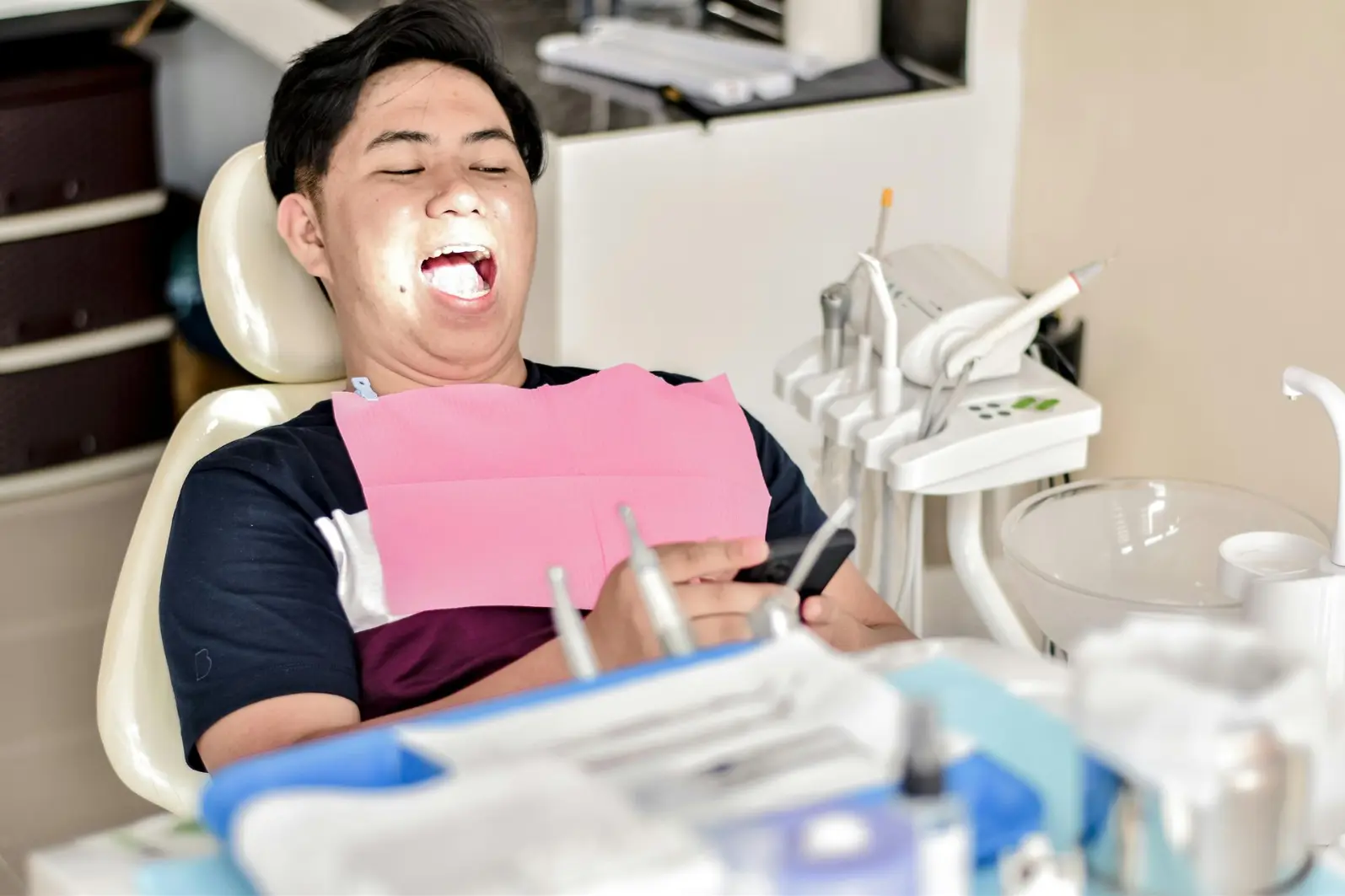
Smartphone Tech Could Revolutionize Oral Cancer Detection
A team of researchers at Rice University has introduced an innovative, low-cost smartphone imaging system that may change how dentists screen for oral cancer. The device, named mDOC (mobile Dental Oral Cancer screening system), merges cutting-edge imaging and artificial intelligence to help clinicians detect potentially malignant lesions quickly, accurately, and affordably — potentially transforming access to early oral-cancer screening worldwide.
The Growing Need for Early Detection
Oral cancer remains one of the most serious diseases in global dentistry, claiming hundreds of thousands of lives each year. Early diagnosis significantly increases survival rates, yet many cases go undetected until advanced stages because of limited access to specialists, particularly in rural and underserved areas. Dentists often face challenges in determining which lesions are suspicious enough for referral — a gap the mDOC system aims to fill.
How the mDOC System Works
The mDOC device turns a standard smartphone into a dual-mode imaging tool capable of capturing both white-light and blue-light autofluorescence images of the oral cavity. Autofluorescence detects subtle tissue changes invisible to the naked eye, revealing early signs of precancerous transformations. However, since inflammation can also reduce fluorescence, traditional fluorescence imaging alone can lead to confusion.
To solve this, the mDOC system integrates an AI-driven algorithm trained to analyze these images in combination with patient data such as age, smoking habits, and lesion location. This holistic analysis allows the system to differentiate between benign and suspicious tissue more reliably.
Promising Results from Clinical Testing
In a recent clinical trial involving 50 patients across two community clinics, the mDOC system was tested on over 200 imaging sites. Each image was compared to the evaluations of experienced clinicians. The system required only about 3–4 minutes per patient, making it practical for routine dental visits.
The AI model demonstrated impressive accuracy, correctly identifying most cases requiring specialist referral. While a few false positives were recorded, researchers note that these cases could reflect the system’s sensitivity to subtle early changes that clinicians might otherwise overlook. With further refinement, the algorithm could strike an ideal balance between caution and precision.
Implications for the Dental Industry
The potential impact of this technology is far-reaching. A portable, inexpensive screening tool could empower general dentists and hygienists to play a more proactive role in cancer prevention. It could be especially valuable in countries or regions where access to diagnostic imaging and oral pathology services is limited.
For patients, this could mean earlier detection, fewer invasive procedures, and better treatment outcomes. For clinics, it may streamline referral decisions, reduce diagnostic uncertainty, and enhance patient trust. As the developers emphasize, however, the tool is intended to support, not replace, professional diagnosis. Clinical judgment remains central to decision-making.
The Future of AI in Oral Health
The mDOC system represents a growing trend in dentistry: leveraging AI and mobile technologies to make high-quality care more accessible. Future versions could integrate real-time cloud analysis, predictive monitoring, and even patient self-screening capabilities. Researchers hope to expand the study to include diverse populations and refine the algorithm’s learning process to minimize false results.
Ultimately, this innovation underscores how smartphone-based healthcare tools are redefining the boundaries between clinical precision and accessibility — turning every dental chair into a potential site for life-saving early detection.
Original Article
Title: Smartphone imaging system could help dentists detect oral cancer
Source: Dentistry.co.uk – October 20, 2025